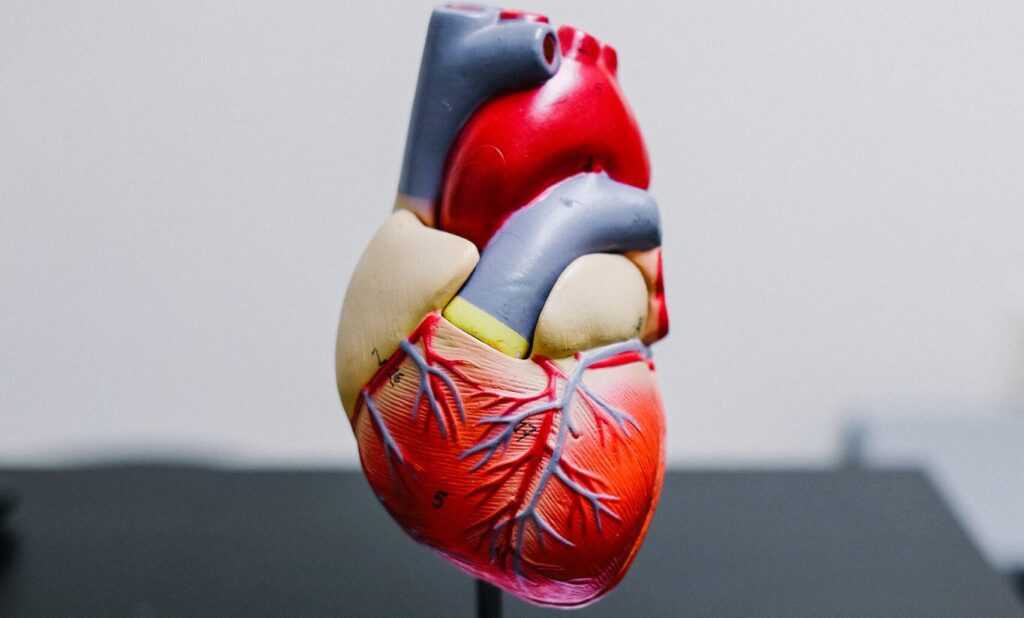Cardiovascular diseases (CVDs) are a group of disorders affecting the heart and blood vessels, and they are currently the leading cause of death worldwide. In 2019 alone, an estimated 17.9 million people lost their lives to CVDs, constituting a staggering 32% of all global deaths. These diseases encompass various conditions, such as coronary heart disease, cerebrovascular disease, peripheral arterial disease, rheumatic heart disease, congenital heart disease, and deep vein thrombosis, among others. Heart attacks and strokes, often precipitated by blocked blood vessels, are two of the most common manifestations of CVDs.
It is crucial to recognize that CVDs aren’t confined to high-income nations; rather, over three-quarters of CVD-related deaths occur in low- and middle-income countries. Alarmingly, CVDs are responsible for 38% of premature deaths (under 70 years of age) caused by noncommunicable diseases. This makes understanding CVDs and taking proactive steps to reduce risk factors of paramount importance.
Understanding Risk Factors
Behavioral risk factors play a significant role in the development of heart disease and strokes. These risk factors include:
Unhealthy Diet
A diet high in saturated and trans fats, salt, and sugar can lead to raised blood pressure, cholesterol levels, and obesity, all of which increase the risk of CVDs.
Physical Inactivity
A sedentary lifestyle contributes to weight gain and can raise blood pressure, making regular physical activity essential.
Tobacco Use
Smoking is a major risk factor for heart disease, as it damages the blood vessels and reduces the amount of oxygen in the bloodstream.
Harmful Alcohol Consumption
Excessive alcohol intake can elevate blood pressure and contribute to unhealthy lifestyles that lead to CVDs.
Intermediate risk factors, including high blood pressure, glucose, and lipid levels, can also be attributed to these behavioral factors. Detecting these risk factors early is crucial for effective management.

Prevention and Healthy Lifestyle Choices
The good news is that most CVDs can be prevented by addressing these behavioral risk factors. Encouraging the following lifestyle choices can significantly reduce the risk of CVDs:
Tobacco Cessation
Quitting smoking is one of the most effective ways to reduce the risk of heart disease.
Healthy Diet
Reducing saturated and trans fats, salt, and sugar intake while increasing fruit and vegetable consumption can greatly benefit heart health.
Regular Exercise
Incorporating physical activity into daily routines can help maintain a healthy weight and reduce blood pressure.
Moderate Alcohol Consumption
If you choose to drink alcohol, do so in moderation.
Government and healthcare policies also play a pivotal role in encouraging these healthy behaviors. Creating environments that make nutritious food accessible, promote physical activity, and regulate alcohol and tobacco use can inspire people to adopt and sustain healthier lifestyles.
Early Detection and Treatment
Early detection of cardiovascular disease is crucial, as it allows for timely management through counseling and medication. Common symptoms of CVDs include chest pain or discomfort, shortness of breath, fatigue, and irregular heartbeats. In the case of heart attacks and strokes, symptoms may include pain in the chest or arm, difficulty in breathing, nausea, vomiting, light-headedness, and cold sweats.
Rheumatic heart disease, a result of damage to heart valves and muscles due to rheumatic fever, predominantly affects children in low-income settings. Symptoms include shortness of breath, fatigue, irregular heartbeats, chest pain, fever, joint pain, and swelling.
Global Impact and Reducing the Burden
The burden of CVDs is especially significant in low- and middle-income countries, where access to healthcare and early detection is limited. Many affected individuals do not receive the necessary care until the disease has advanced, leading to premature deaths.
Reducing the burden of CVDs requires a multi-pronged approach:
Universal Health Coverage
Inclusion of CVD management in universal health coverage packages is crucial for providing equitable access to care.
Hypertension Programs
Efficient and cost-effective hypertension programs at the primary care level can significantly reduce the risk of heart disease and strokes.
Medication Access
Ensuring access to essential medications like aspirin, beta-blockers, angiotensin-converting enzyme inhibitors, and statins is vital for managing CVDs.
Surgical Interventions
Surgical procedures like coronary artery bypass, valve repair, heart transplantation, and artificial heart operations are essential for treating advanced CVD cases.
Medical Devices
Pacemakers, prosthetic valves, and patches for closing heart defects are critical medical devices for treating specific CVDs.
In conclusion, cardiovascular diseases are a global health crisis with a disproportionate impact on low- and middle-income countries. However, through a combination of healthy lifestyle choices, early detection, and improved access to healthcare, we can reduce the burden of CVDs and save countless lives. It’s imperative that individuals, communities, and governments collaborate to promote heart-healthy living and make quality healthcare accessible to all, regardless of their socioeconomic status.
Source:




